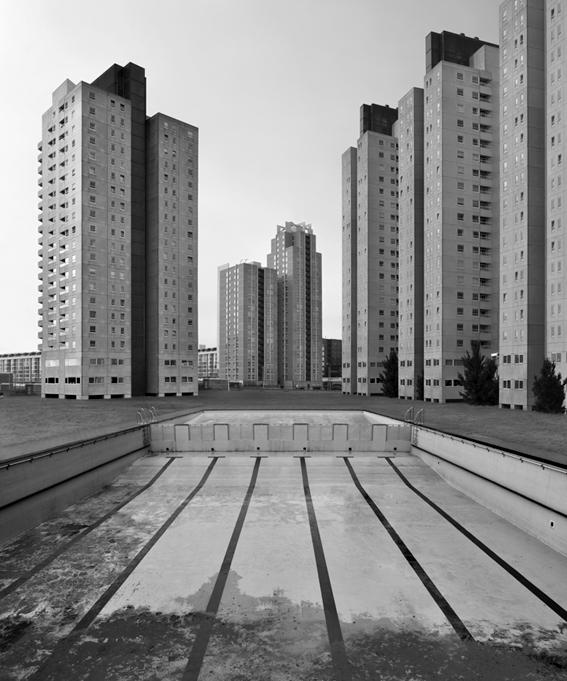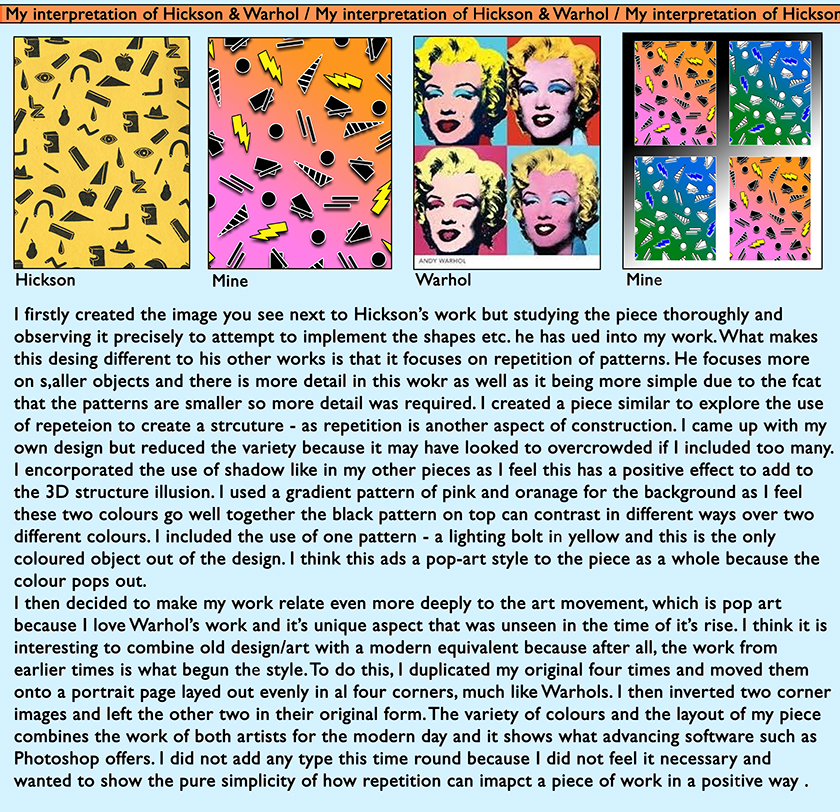
Category Archives: Experimentation
Filters
Artist No.1 / Clay Hickson / Incorporating my Photography
Here is an example of my graphic design work combined with my photography produced from previous projects (self-identity). I believe they both combine well because they both have a running theme of structure – the structure of shapes constructed into a collage and the structure of the human body, in this case, feet.
Once again, I added some typography to add explain the contents and give the work some depth. Without the typography, I believe it would look quite bare .
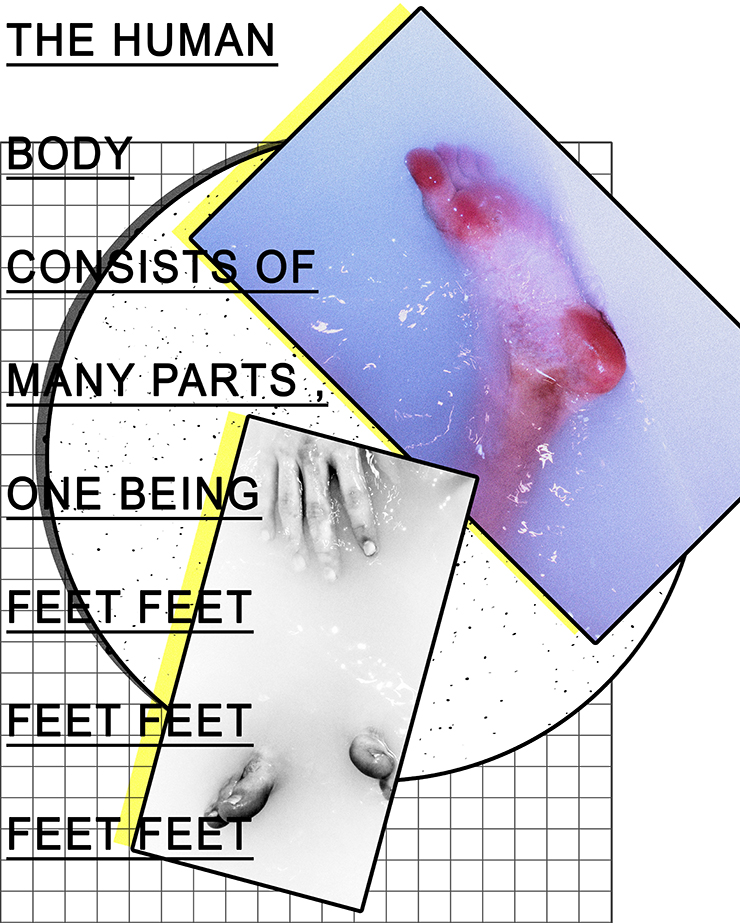
Artist No.1 / Clay Hickson / My Interpretation of Hickson & Pop Art
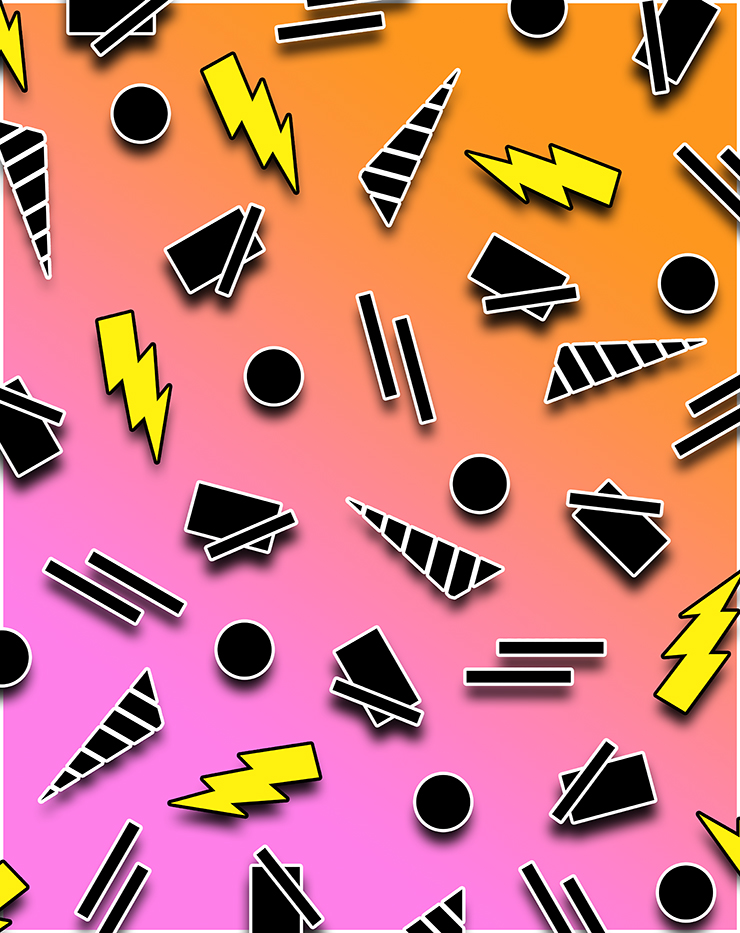

Karl Blossfeldt, Photograph Analysis and Responses

Karl Blossfeldt was a German photographer born on June 13, 1865 and died on December 9, 1932 who worked predominantly in Berlin. He is famous for his his close-up photographs of plants and living things being inspired by nature and how plants grow leading to the idea of structure. He believed that ‘the plant must be valued as a totally artistic and architectural structure.’ He was appointed a teacher at the Institute of Royal Arts Museum in 1898 where he established an archive for his photographs. From here until his death, Blossfeldt’s works were used for teaching and were publicised in 1928 known as: Urformen der Kunst (Art Forms in Nature). Urformen der Kunst soon became a bestseller making Blossfeldt famous very quickly. Other artists were impressed by the abstract shapes created through the idea structure in nature which he successfully revealed. Walter Benjamin declared that Blossfeldt ‘has played his part in that great examination of the inventory of perception, which will have an unforeseeable effect on our conception of the world’, comparing him to the early pioneers of the New Objectivity movement.
Image Analysis

I love this photograph due the very simple layout presented through the white background and relatively harsh lighting. This helps to cause a strong contrast due to the shadows created from within the shapes and structures within the pine cone. Bright areas appear as a strong white, and the shadowed areas appear almost black. This is successful as it helps build a strong structure overall thanks to all these specific details and elements. Building on this, I like how the strong macro focus used allows us to differentiate, sharpen and exaggerate a lot of the dark/white tones. Also in terms of simplicity, the fact the photograph has been taken from a birds eye angle, this is significant because these simple techniques allow the viewer to focus more on the natural structure of the image. I particularly find interesting with the structure of the pine cone, showing layers at the bottom building up to the top. This is interesting because it shows how the pine cone is fundamentally reliant on the foundations of the body. This is true in many forms of structure and I believe that Karl Blossfeldt through taking this photograph has successfully highlighted. Interestingly, with the lack of color and strong emphasis on the sharp, intense textures generated from the pine cone gives the photograph quite a cold feel, causing there to be a feeling of lifelessness. This makes the viewer feel somewhat apprehensive due to the fact that pine cones are structures that are seen as part of nature. However due to the fact of how there appears to be quite a cold feeling coming from within the image, I can conclude that the structure in the image appears to cause a sense of hostility.

My Responses




Here are some images that I took during the shoot exploring my own style of taking photographs of natural structures in a studio. However I also incorporated into my work the inspiration I have felt after researching and analyzing Karl Blossfeldt’s work. I experimented with the use of flash but then I found the images looked slightly too piercing and that I had less control rather than with a studio light. Therefore I stuck with a white studio light, in quite a dim setting for the photographs with a white background. The photographs with the black background I used with natural light. Comparing them now I believe that the natural light tended to bring out the lighter parts of the photograph whereas the studio photographs, I had a much stronger ability to adjust the contrast to bled nicely with the shadows. In doing this, likewise with Karl Blossfeldt I could use this to focus well on contrast. I believe an increased contrast helps the object blend better with it’s background, surroundings and other elements of the photograph. Overall I believe my shoot was successful because I achieved a grounding in Karl Blossfeldt’s style whilst also developing some of my own to incorporate more of an emphasis on aperture and various angles whilst still enforcing the Karl Blossfeldt’s style of black and white. I believe I have captured the essence of structure effectively due to the choice of the actual objects. I wanted to ensure that I could do this bu taking my photographs using a macro setting to bring about the textures of the object and how these fibres make up the object itself as a structure.
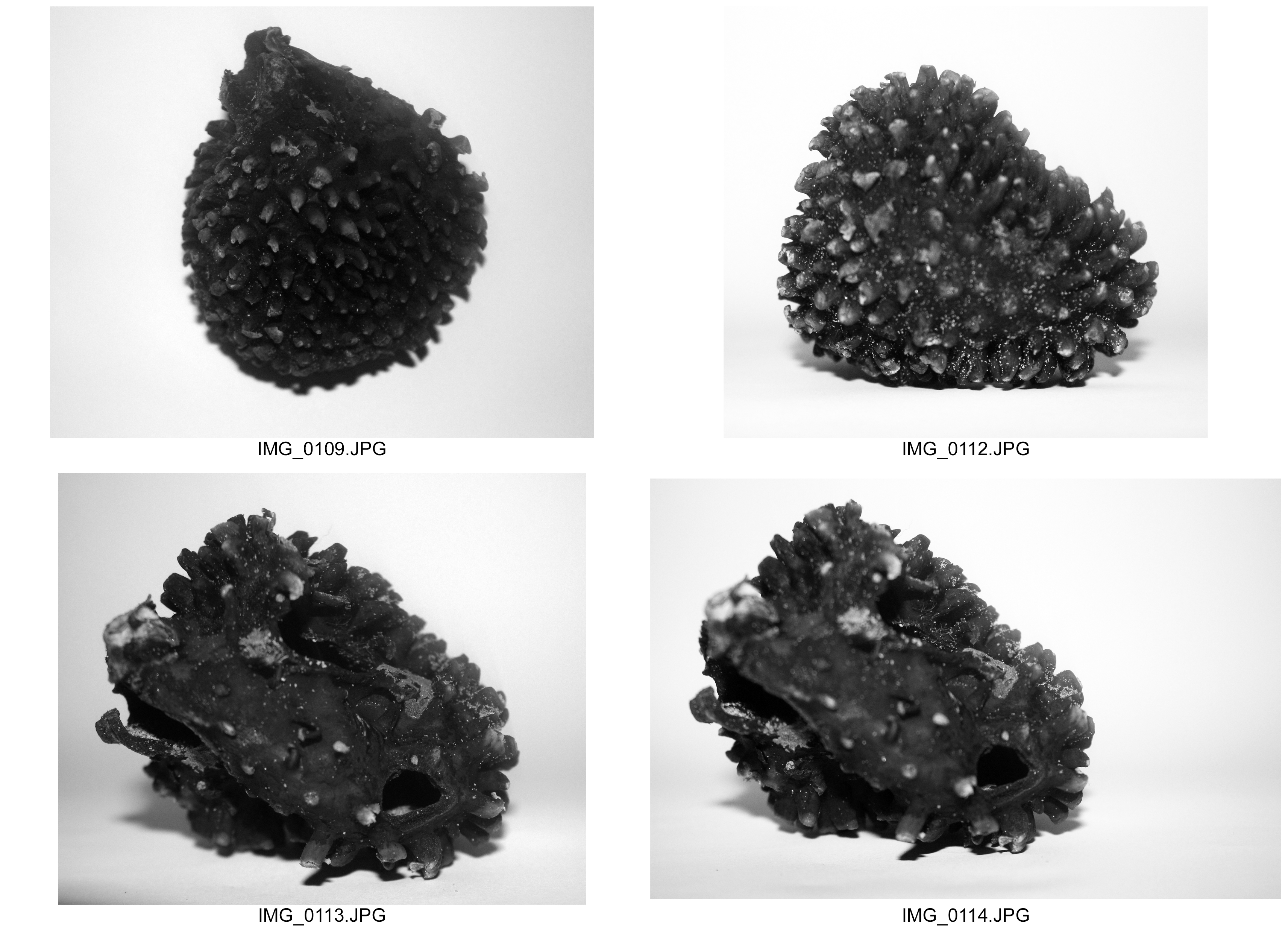






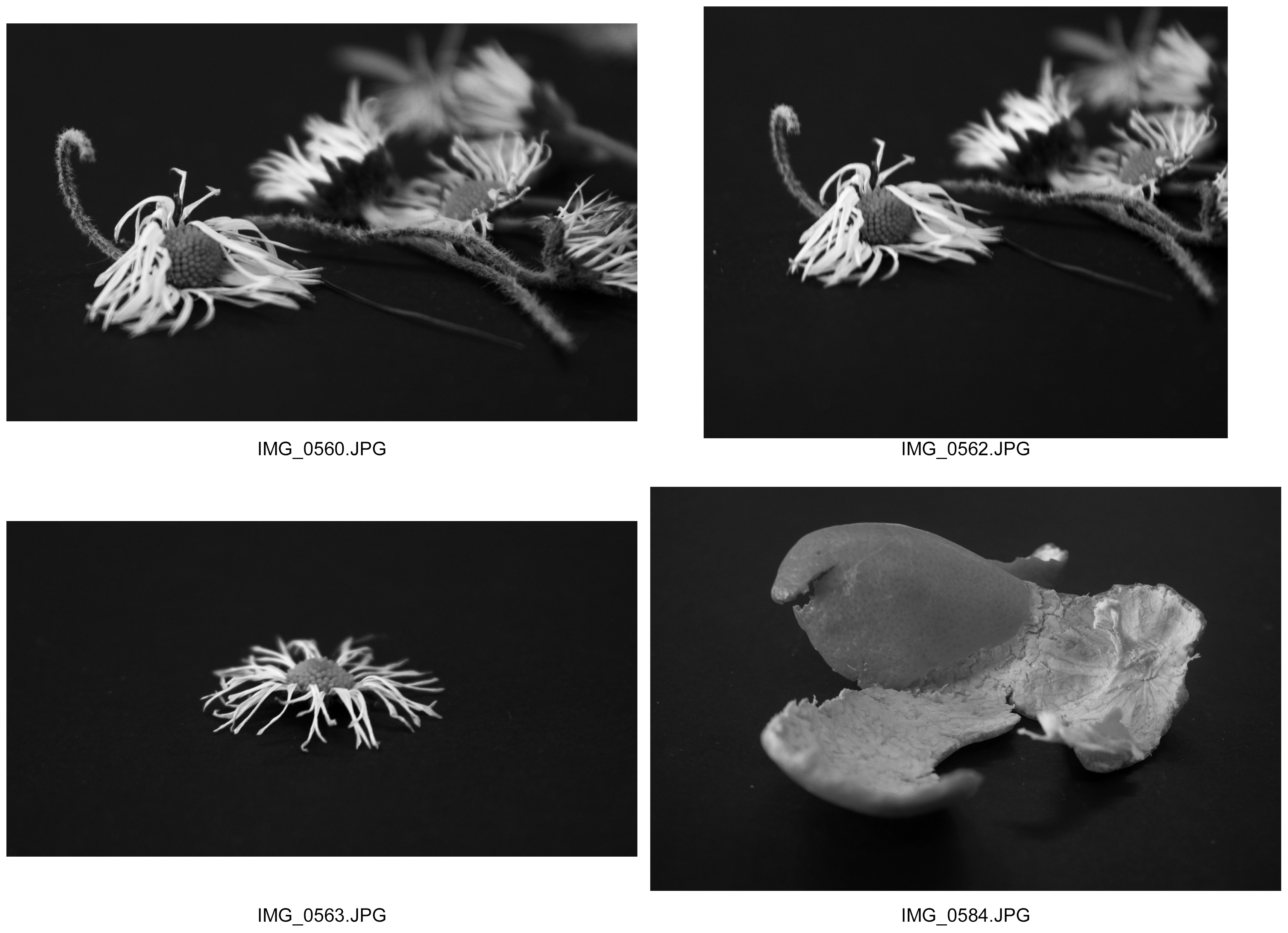






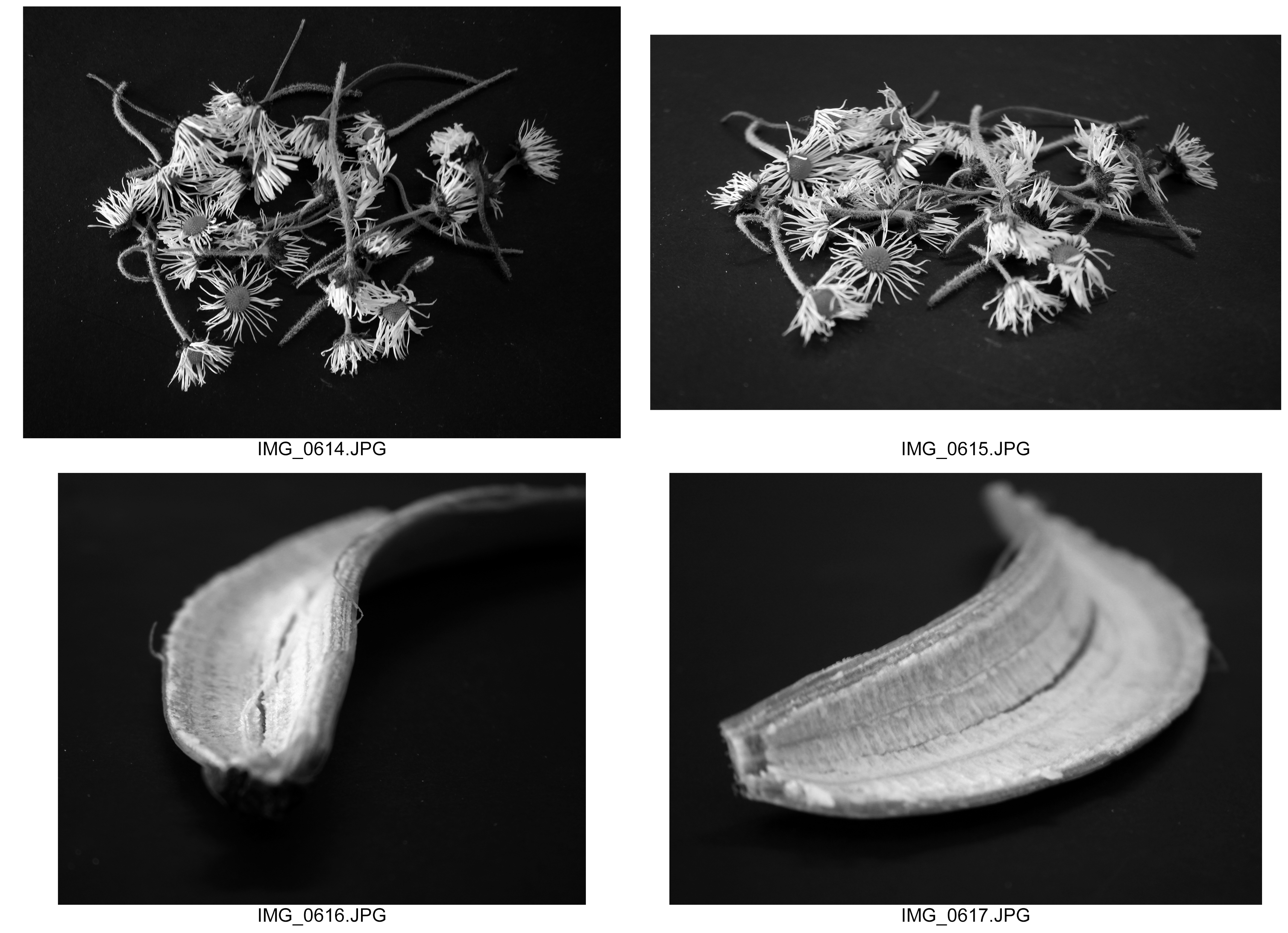

Best Images
I chose these as my final images because I believe that these show my own style, inspired and influenced by Karl Blossfeldt. In all of them I took them as a close up, attempting to show the structures of these objects as quite strong,bold and secure. I like how the aperture and use of the macro setting allows us to see tiny details of each object. I did this to show how every part of an object is important in terms of the structure and how everything has a separate part and role to play. Within each photograph using natural and artificial lighting, I ensured that I was in a bright environment to help the lens pick out the details in which I was hoping to capture. I also wanted to support this, through myself in terms of where I was placing each object and what angle they were positioned. I am confident that these photographs incorporate the theme of structure effectively and from here I would be interested to explore how black and white and aperture can be used to display further structure.





Artist No.1 / Clay Hickson / My Interpretation of Clay Hickson II
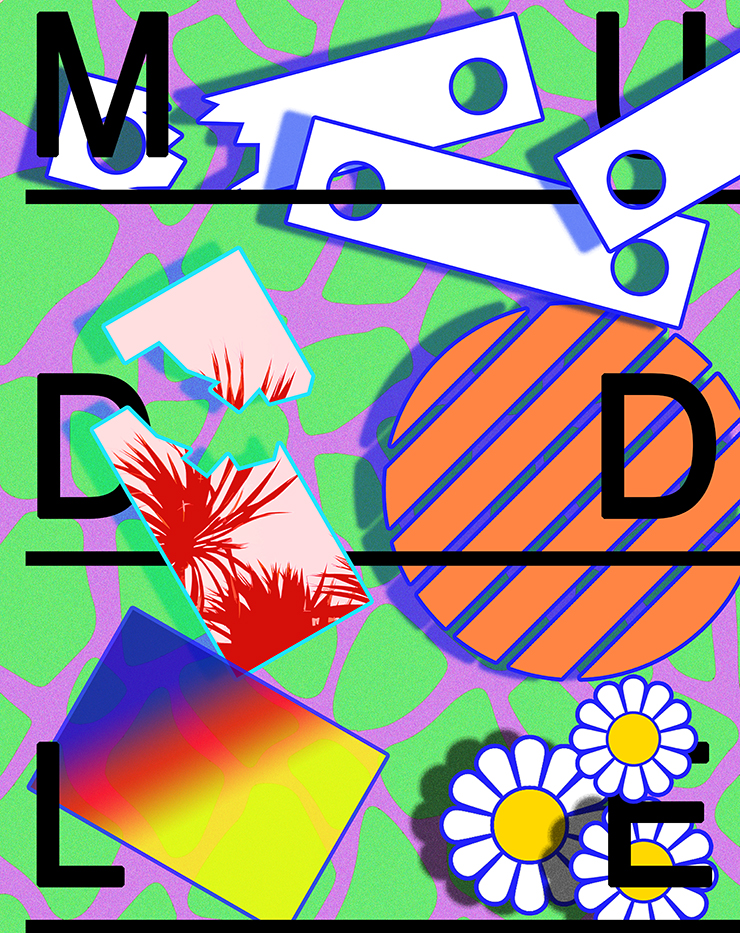

This is my favourite attempt at replicating Clay Hickson’s work because of the vast array of colour and patterns I have used. It is the image where I have concentrated most on one particular piece of Hickson’s. I mainlined the piece very thoroughly and kept on referring back to it in order for the final outcome to look very similar. This shows that I have a clear artist reference but I’ve shown skill to put my own personal touches on.
I only really wanted to add in the same colours and looked for the same patterned background as I thought it looked rally interesting. The image as a whole is very relaxed and though packed with different patterns and objects, is quite pleasing and easy to look at which is what you want from a piece of work.
In my opinion, his work shows hints of pop art and it looks as though he was influenced by major pop-art pioneers in it’s time of peak, such as Andy Warhol and Roy Lichtenstein due to the mix of colours that are used in his work.
I attempted to use different techniques in Photoshop; I’ve used the gradient tool and the rubber tool to add more patterns and textures. As you can see, I put into my work, his use of a specific shape which is the rectangular shape with holes in either end, repeated a few times around the image. I was also attracted to his use of the effect of breaking objects apart so attempted this, which I believe looks quite effective.
This image in particular has many more qualities than my previous dressings because I have used more than just circles and squares, however it all still relates to ‘structures’ because of the fact it has taken much thought to compose and put together to create its make-up.
I have once again used type to address the theme of the design by putting the wording ‘MUDDLE’ across the face of the piece to represent it’s disorganised and jumbled up approach in the fact that there is no order, however this create a a structure in itself. I felt it necessary, to continue building up on the aesthetics nature of the image to space the letters out on the design to gradually spell the word out; as opposed to the word being placed all together in the corner for example. It also requires the audience to look across thew whole image.
In this image, I have used my own image from previous photoshoots as a representation of structure. Although you cannot notice it is my own image, it works because I have edited it to blend in with the colourful theme that the design possesses. The image I have used is cropped out form a landscape image. I have used the leaves of a palm tree and then used the channel mixer to alter the colour and make it red. The theme of ‘tropical’ and ‘summer’ is carried throughout the piece as I’ve used the a daisy in the corner to make it more than just shapes. The orange circle can be a representation of the sun.
Overall, ‘nature’ is the undermining theme and this can also show structure; the structure of our world and what it’s made up of.
Artist No.1 / Clay Hickson / My Interpretation of Clay Hickson
Here are some examples of designs I created on Photoshop based around the work of Clay Hickson, a graphic designer specializing in commercial advertising.
I have created these designs to build up my creativity for this project named ‘structure’. Understanding the simple use of line, shape and colour will benefit me in my main task for the project because these aspects are the formations of any structure – particularly for the most basic forms.

I really enjoy using Photoshop to create simple but meaningful and effective, stylish and modern designs because it gets my creativity going. I wished to show structure as a term, therefore used shapes to show structure. The word ‘geometric’ is useful to describe structure because they are shapes with personal features which define them as their own formation.
I also wanted to explore the use of shadows to create a three dimensional effect – something that I want to expand on in my short film inspired by Ill-Studio for the same purpose. However, I also believe that for what I want to achieve, shadows can act as deception to disguise two dimensional object and it deceive viewers especially with the use of a flat reflective surface.
I believe textures to be very important in creating an interesting structure, therefore added this into my creations below. I used grid paper as a background and to add depth. For the second design, I also used very acute dots as a pattern to put on the centre piece which is the circle to add texture. As well, on Photoshop, it is possible to add noise to images etc. and I really after noticing it in Hickson’s work because it gives it a vintage effect; I added noise in the shadows of each shape.
Typography isn’t a big feature in Hickson’s work apart from the odd type being seen in a couple of works, however, i really feel like it can add something more to the photo and require the audience to look your image with more care and focus. It can be used to explain what is happening or just as a decoration technique. I have used it for both and personally love the effect.
I am aware there is no aspect of personal photography in these designs, however they are only a starting point to seashore my skills on software such as Photoshop and they are the beginning of thoughts. I also wish to incorporate this into my edits and experiments of anything throughout the process. I have also created a version where there is image from previous projects noticeable in the edit.

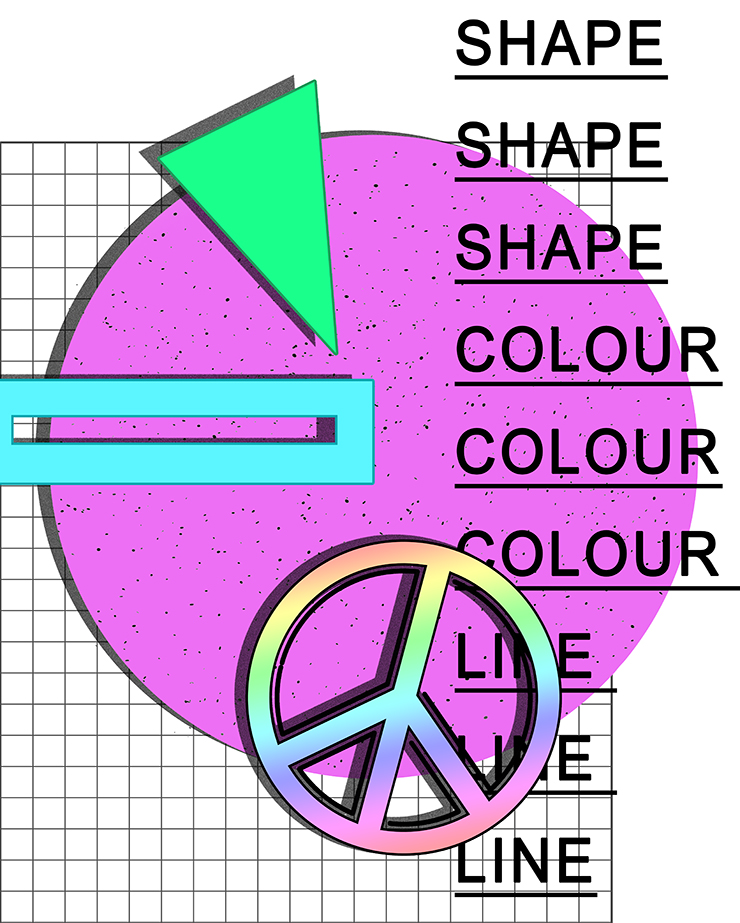
Experimenting
Before my studio session, I attempted to take some still life pictures in and around my home. The outcome is varied but the process enabled me to understand the value of a sufficient camera rather than using my iPhone. However, I only used my phone in this circumstance due to the limited access to a camera but these pictures wouldn’t be used for my finals and the purpose of this task was just to get a feel for taking close up images of objects.
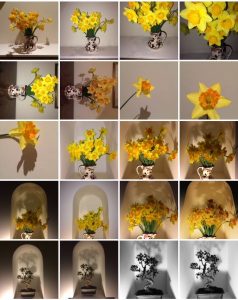
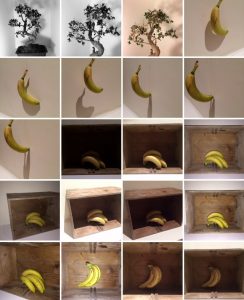
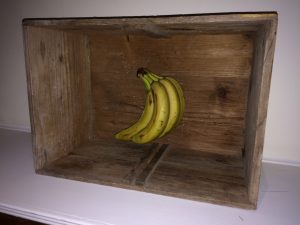
I thoroughly enjoyed creating this scienario as I gathered the wooden crate, a bunch of bananas and fishing line. I tied up the bananas using the fishing line and then threaded the line through a gap within the box, giving the impression the bananas are hanging.
The purpose of the hanging bunch of bananas within the wooden crate is to help portray how man kind has contained nature. The bruises upon the banana demonstrate how nature is damaged due to human’s narcissistic behavior and ignorance towards the natural world. As stated on one of the bananas, the bunch in question were grown in Brazil, which is home to a big sector of the natural sensation that is the Amazon. The Amazon rainforest, however, despite its beauty, has been a subject of human destruction as the rainforest has been ransacked in order for locals to make a living. This cruel circle signifies the detrimental effects ‘supply and demand’ have upon the environment as in this image the group of bananas is a visual representation of natures struggle and in particular the Amazon. Not only does this affect various types of plantation, but the destruction of trees etc… means animals such as birds and monkeys struggle to find a habitat to live in, leaving them overly exposed to bigger predators. By creating and staging this photograph, I wanted to express my concern with man kinds forever growing greed and inconsiderate global dominance over nature.
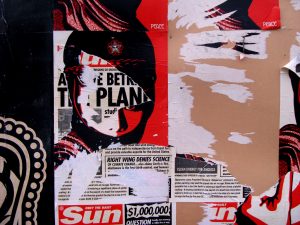
The Process
- Moodboard of relevant and inspiring images—link to your title
- Mindmap / brainstorm / spidergram to include all ideas and possibilities
- Artist Case Study to include analysis and interpretation
- Action Plan and Specification
- Photoshoot
- Select and edit (repeat as necessary)
- Compare and contrast your work to the work of your chosen artist
- Presentation of final responses
- Evaluate your process
Ensure that you show a creative process underpinned by interesting ideas and sustain your approach…
For example, you may want to look at these 3 artists in combination to develop your own ideas…

and then move onto colour developments like this…


and create a unique approach to the theme of structure using simple and interchangeable techniques.

Or explore the structure of a corroded surface….
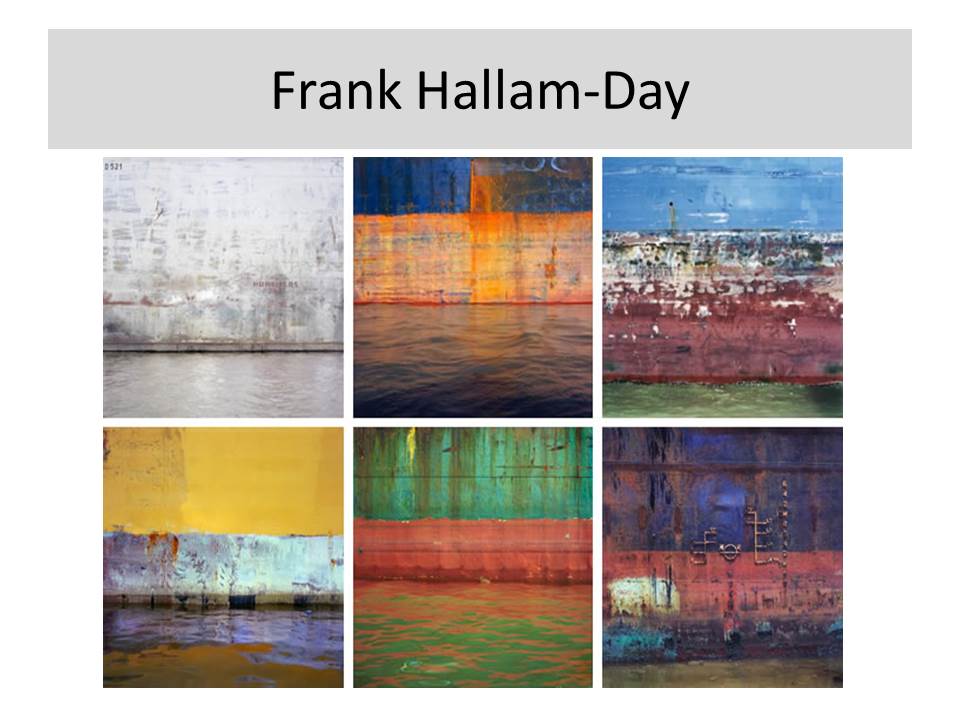


Use this link to see what kind of ideas are out there…
100+ Creative Photography Ideas: Techniques, Compositions & Mixed Media Approaches
http://www.studentartguide.com/articles/creative-photography-ideas
Now look at these artists to explore the concept of layers and structure…
Jacques Villeglé 1926- (France)
The Jazzmen is a section of what Jacques Villeglé termed affiches lacérées, posters torn down from the walls of Paris. These particular ones were taken on 10 December 1961. Following his established practice, Villeglé removed the section from a billboard and, having mounted it on canvas, presented it as a work of art.
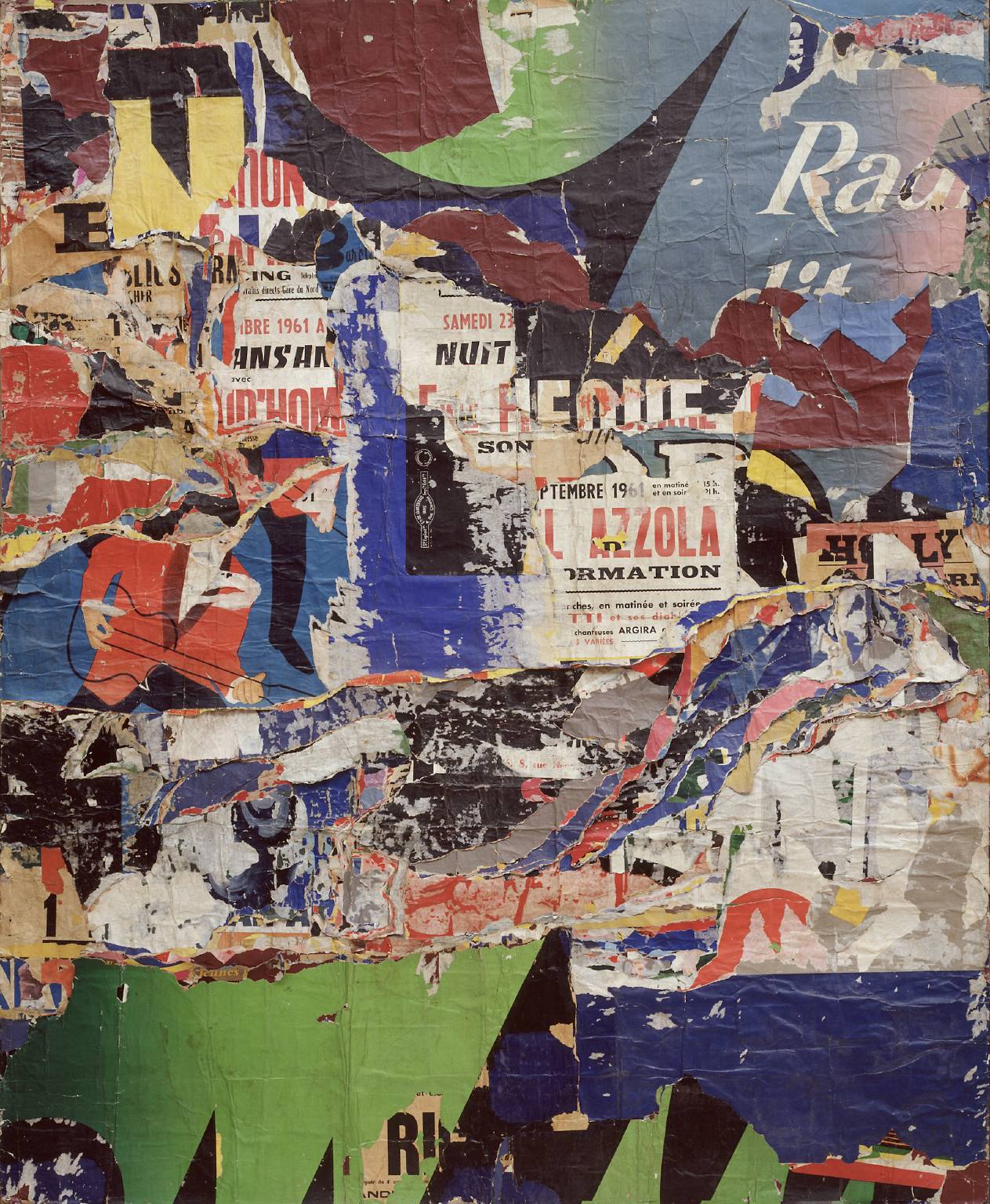
Robert Rauschenberg 1925 – 2008 (USA)
Pre pop art, neo -dada. Re-appropriation of photographic imagery to explore the structure of society, politics, hope and despair.
Collage / montage techniques + archival material, found objects
Construction / de-construction methods

Todd Mclellan…de-conSTRUCTION // typlogies

or distort the reality / structure of object, places, people…

Alvin Langdon Coburn created vortographs by using mirrros, reflective surfaces, prisms and more to distort his vision of the world and ultimately change the structure of his photographs…(one of the very first abstract photographers)
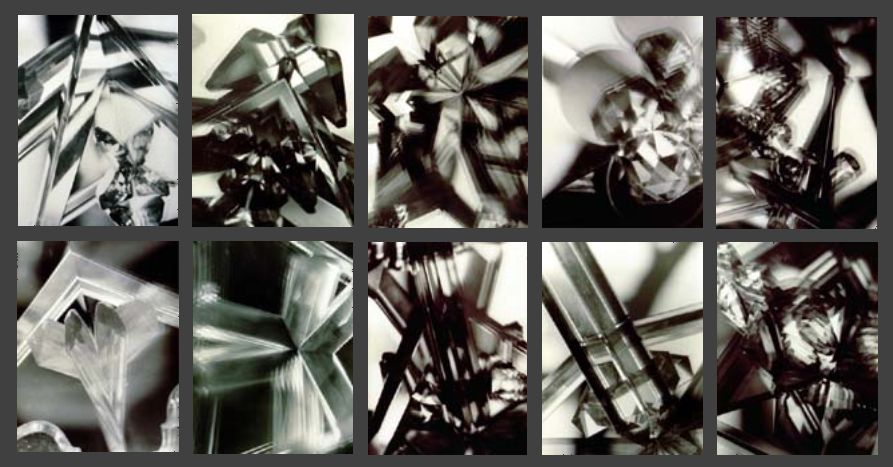
Vortograph experiments by A L Coburn
Think about shape and form…
Paper, paper, paper




Naum Gabo / Head of a Woman /1917

Interior Architecture

Still Life Objects

Time Lapse (constructing and deconstructing) ice cubes melting, flowers wilting and dying etc…

Cara Berer


Cara Berer explores the structure of books and magazines by photographing them from above and creating patterns and shapes that we associate with flowers and decoration…
Irving Penn

Franco Fontana
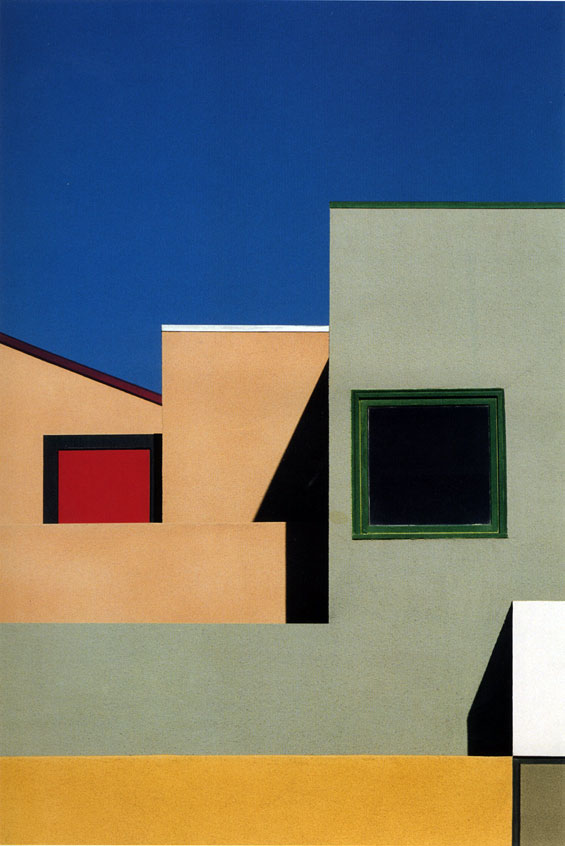

More ideas in this link here!
http://www.modernedition.com/art-articles/photographic-form/new-photography.html
Suggestions for exploring “structure”…
Tanja Deman // juxtaposition of changing environments // environments as temples of worship and culture //utopia // dystopia

Sculptural (photograph as object, combined with objects and ephemera or photographs as a response to a building or space ie environment)

Marlo Pascual (above)
“Pascual arranges the photos into simple, lackadaisical assemblages that she calls “props,” which rely primarily on found furniture. The images are all painfully elegant, and evoke the seductiveness of old Hollywood. In one photograph (all works untitled, 2009), a nude woman stands behind steamed glass—a scene from a movie descended from Psycho? A photograph of a set of crystal glasses is laser-cut and laid on the floor to look like it was dropped—or shattered by a single delicate stroke of a hammer. A joke about the fragility of the image, it is also a decidedly atmospheric work.”
http://www.artinamericamagazine.com/reviews/marlo-pascual/
Letha Wilson
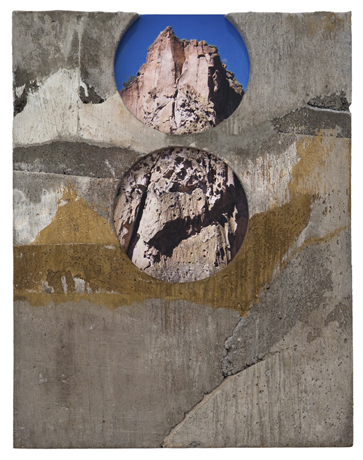
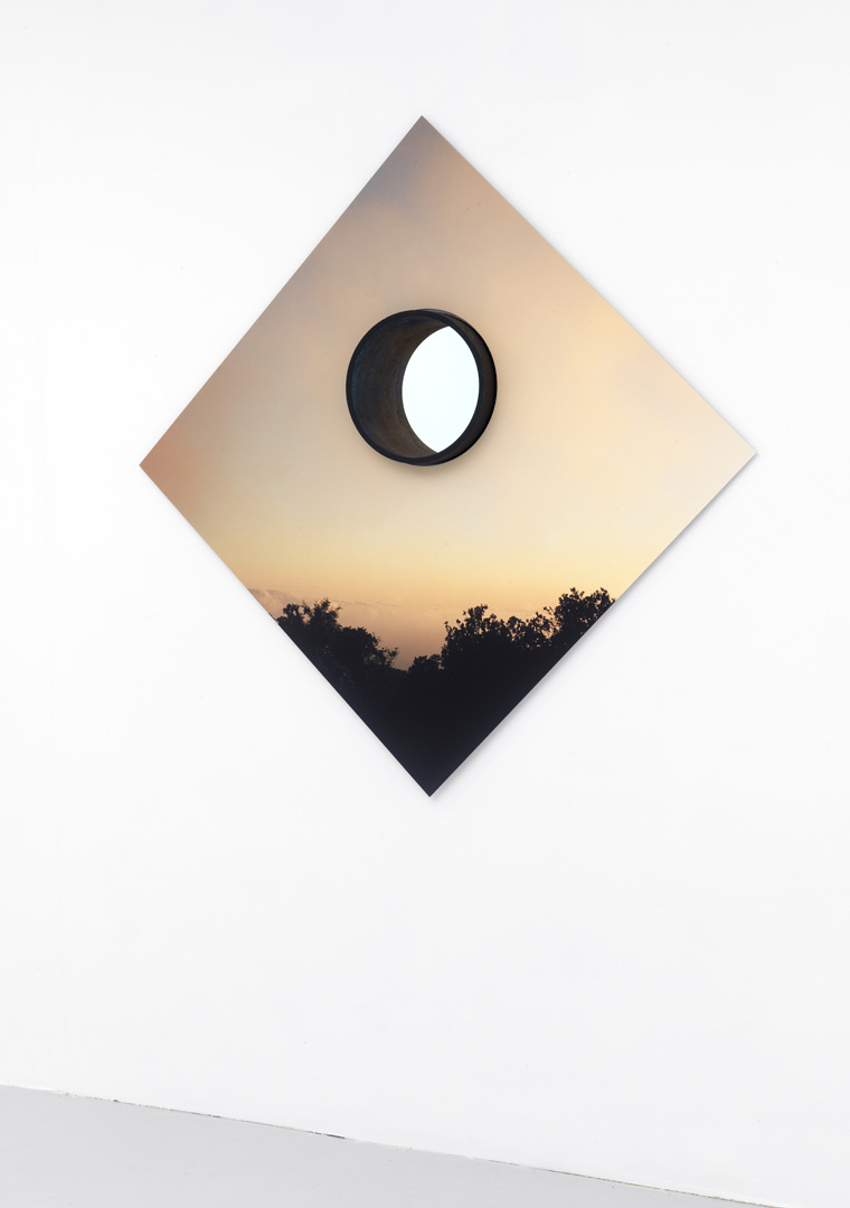
One of a number of contemporary artists who are blurring the lines between photography and other mediums, Letha Wilson makes artworks that are as much sculptures as photographs. Amalgamations of photographic images and spray paint, lumber and concrete, these hybrid objects, medium sized and mostly wall hung, occupy territory also being explored by sculptors such as Rachel Harrison and Virginia Overton. An exhibition of new pieces (all from 2012) showcased Wilson’s adventuresome way with materials.
Thomas Demand
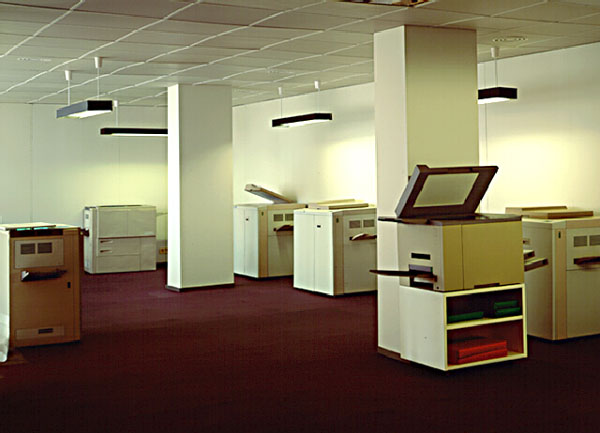
German Photographer Thomas Demand (born 1964) deals with inanimate objects and sterile interiors. He makes models of pre-photographed locations out of styrofoam, card and paper but leaves subtle signs of imperfections, then re-produces the images on a grand scale…in doing he alters the meaning and narrative attached to the environment he is re-presenting…
Laurenz Berges
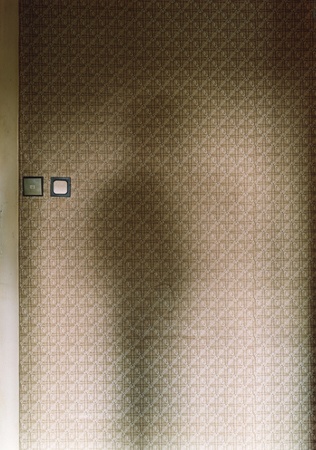
Laurenz Berges is German (Dusseldorf School) photographer. He tackles the notion of loss and removal…and often photographs both personal and shared environments. These can beintimate interiors, or extensive exteriors.
Candida Hofer
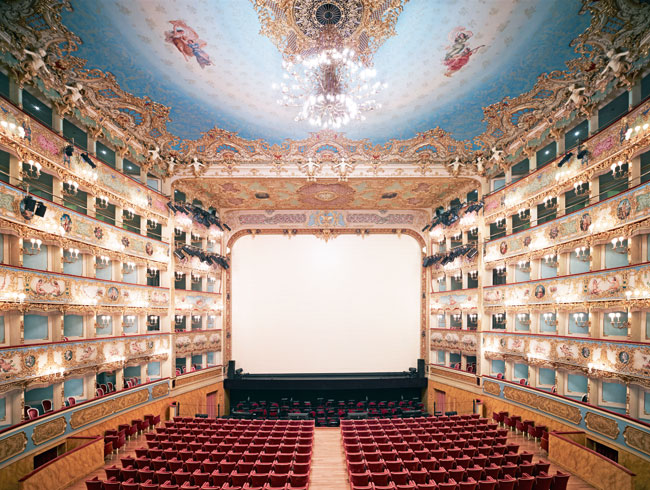
Candida Hofer was a student of Bernd and Hilla Becher in Germany in the 1970’s. Her images are a response to glorious interior environments that explore the contrast between the intention and reality of public and civic spaces…without people interacting with them.
James Casebere

James Caseberes (USA) photographs small scale models that reduce an architectural space to a fragile set of surfaces…they disrupt our belief in the solidity of man-made spaces…what happened ? what happens next ?…we are left disorientated.
Rut Blees Luxemburg
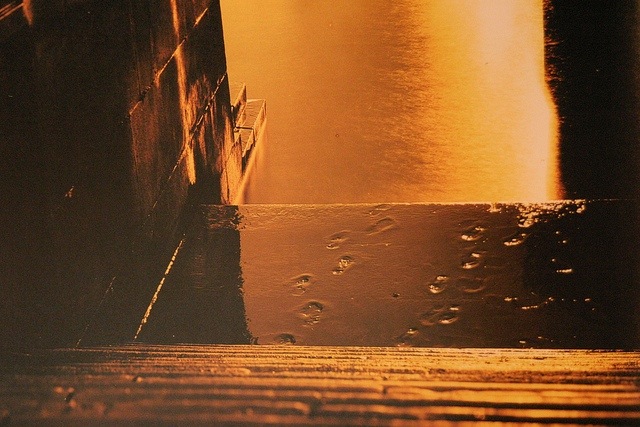
Rut Blees Luxemburg (Germany) uses amber lighting and reflections as found in 1920’s and 1930’s style flash photography…but in a thoroughly modern context.
Andy Goldsworthy


Andy Goldsworthy is a well known British Environmental artist. He makes sculptures that integrate with the environment…they are all bio-degradeable and often end up falling apart and becoming “one” with the landscape again. The photographs, however, remain a permanent feature…
Experiment 1
- You must show that you can COPY, ADJUST, BLUR and BLEND layers using Adobe Photoshop to create a set of images inspired by IDRIS KHAN / STEPHANIE JUNG

METHOD
- Open a suitable image in Ad-Ph
- CTRL J to copy layer (copy the background LAYER for this)
- Move tool to shift image slightly
- Repeat 2 + 3 5-10 times
- Choose a range of BLENDING OPTIONS eg overlay / multiply / lighten etc
- Adjust OPACITY as needed
- Adjust individual layers as needed
- Add FILTER – BLUR – SHAPE BLUR / SMART BLUR if needed
- Flatten LAYERS
- CROP where suitable
Extend your result…
Think about layering your image(s) onto acetate or glass and exploit the transparent qualities vs. opaque shapes, colours and tones
for example

Ardan Ozmenoglu
https://www.pinterest.com/pin/315040936408995781/
Photoshop Experiment 2
- Show that you can use a range of function and techniques to create a composite image like those of Tanja Deman (below).
- Many artists use cut and paste / collage techniques to change the context of their imagery…and challenge the way we look at the world and re-imagine our environment
- Research cut and paste / digital collage techniques and ideas
-
Method
- Select 2/ 3 images that you think you can combine to create a composite image and open in Ad-Ph
- You may need to select one image that you use as your BACKGROUND IMAGE
- Select the object / building / person from another image that you want to add to your BACKGROUND IMAGE
- Click CTRL J (to copy via layer)
- Use the move tool to drag your selection across, then position
- Use CTRL T or Free Transform to adjust shape and size of selected object
- Check your layers panel on both images!
- Now blend the edges in…
- Add a LAYER MASK and click to activate it
- Select a brush, adapt the size and reduce your OPACITY to 30%
- Now click on the edges of your object to blend it in smoothly
- Take care with this part…zoom in if you need to
- You can then merge your layers, or flatten and save the image if complete
- Add to your blog
Or explore x-ray images or household objects like this as part of your response to “structure”


Walker Evans

Jim Dine and his “figurative tools”

Two Frame Photography / Diptychs / Juxtapositions
http://www.photopedagogy.com/two-frame-films.html
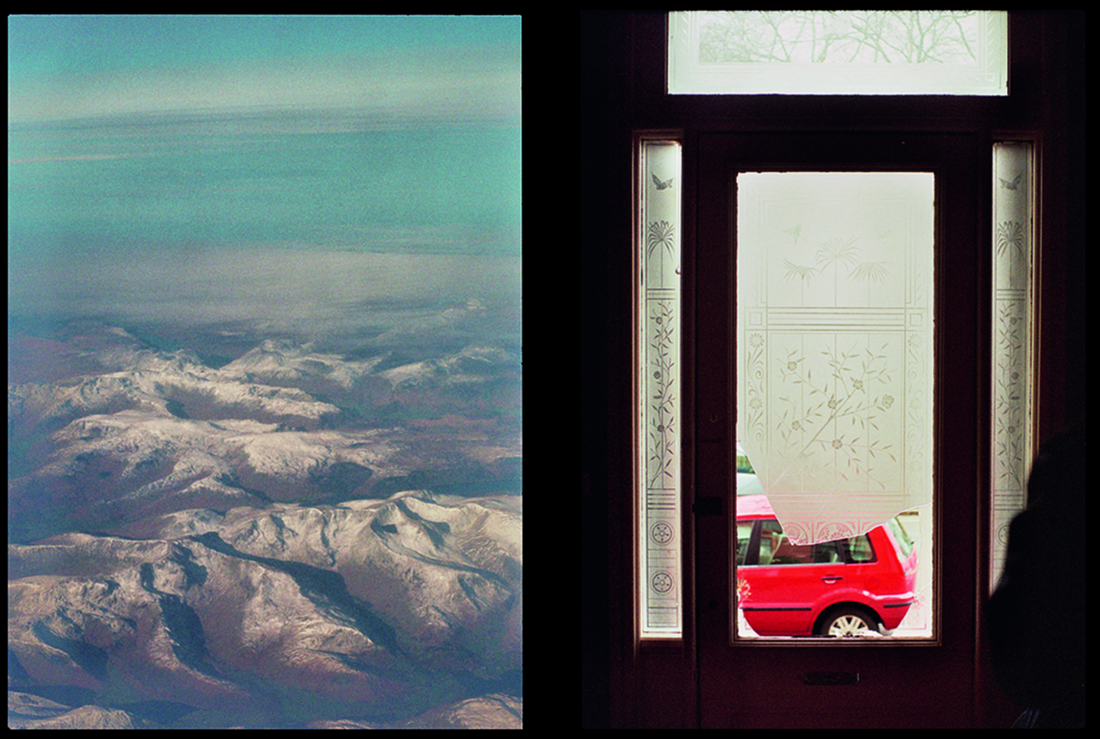
Luke Fowler



